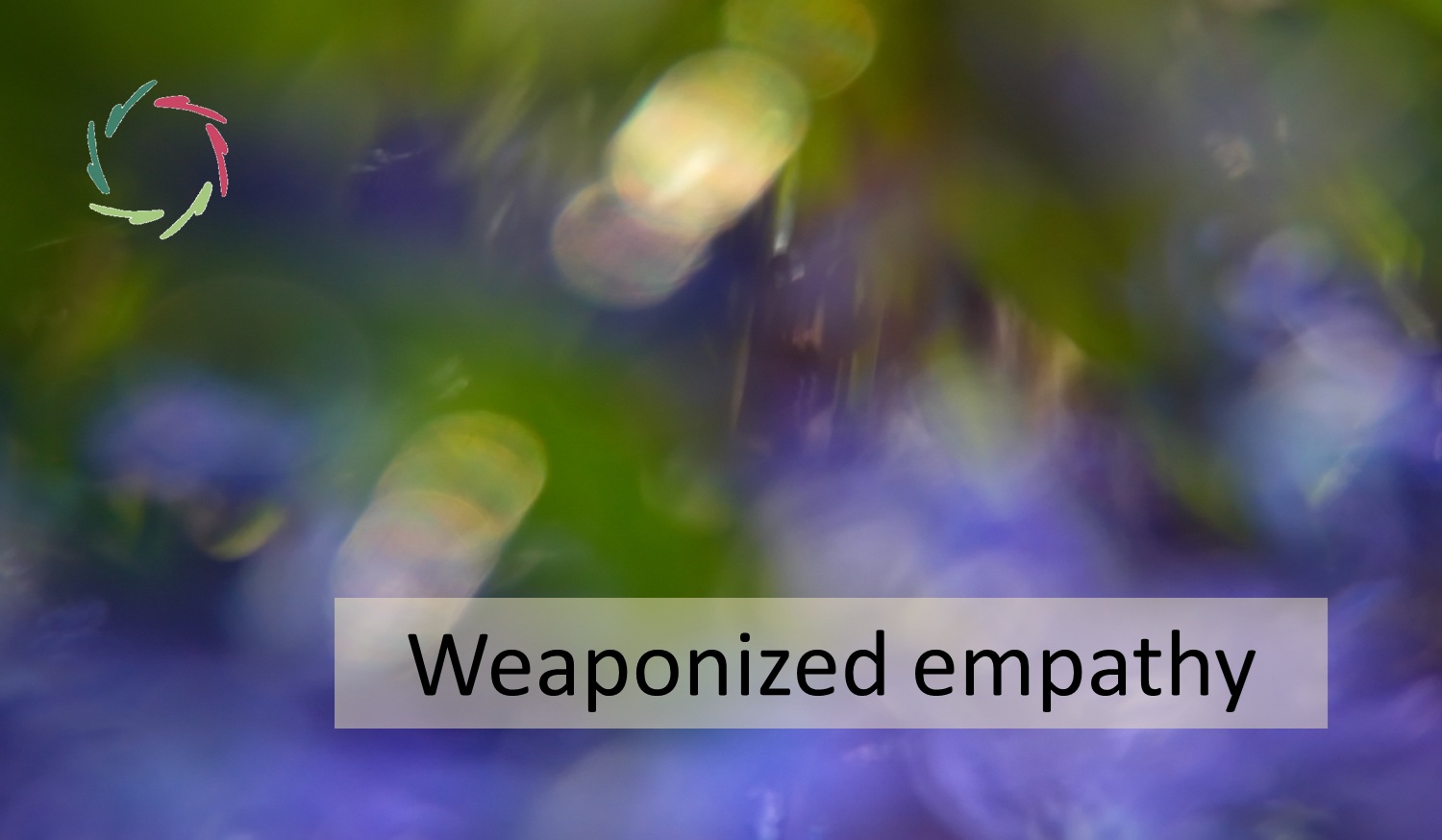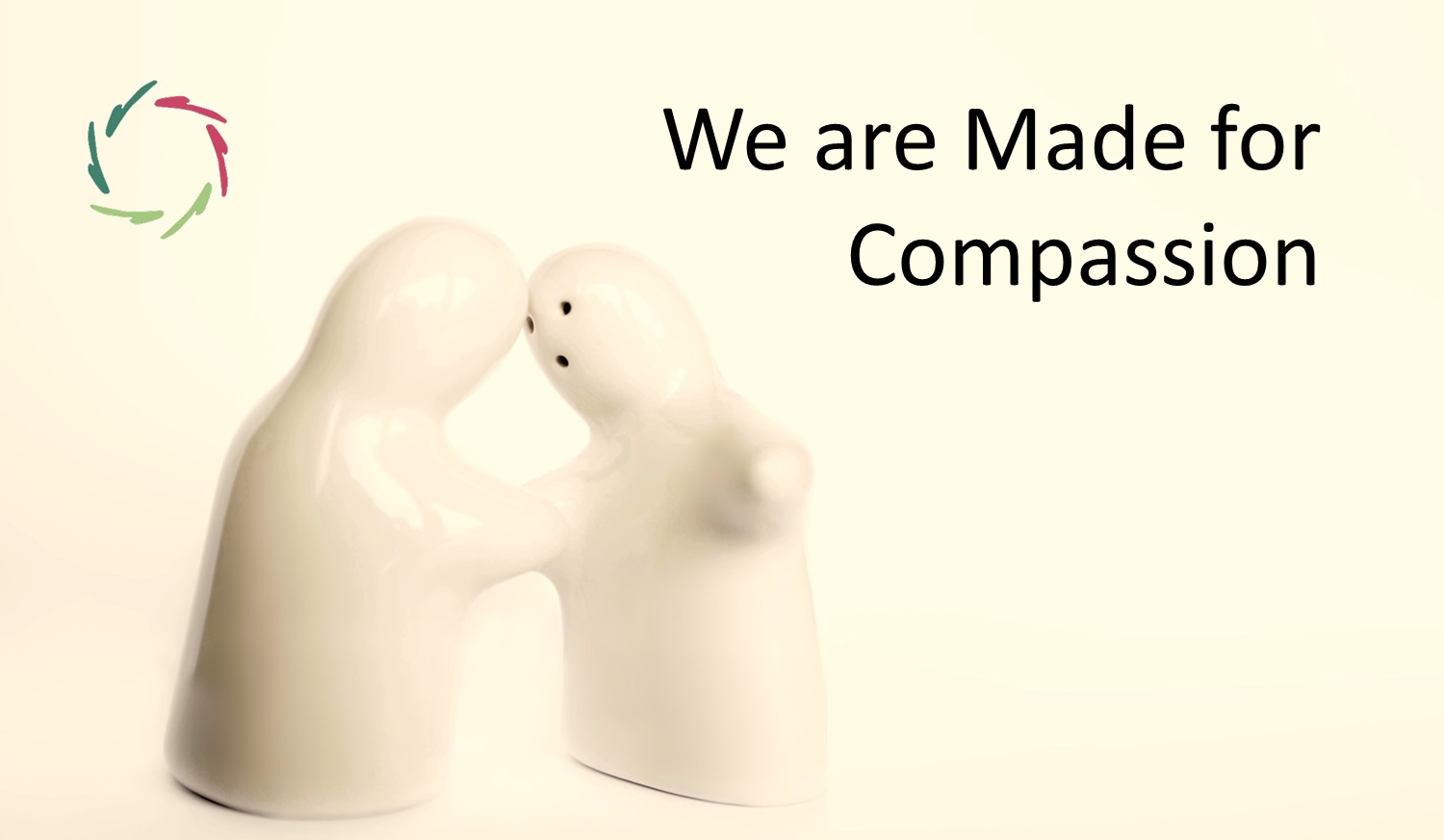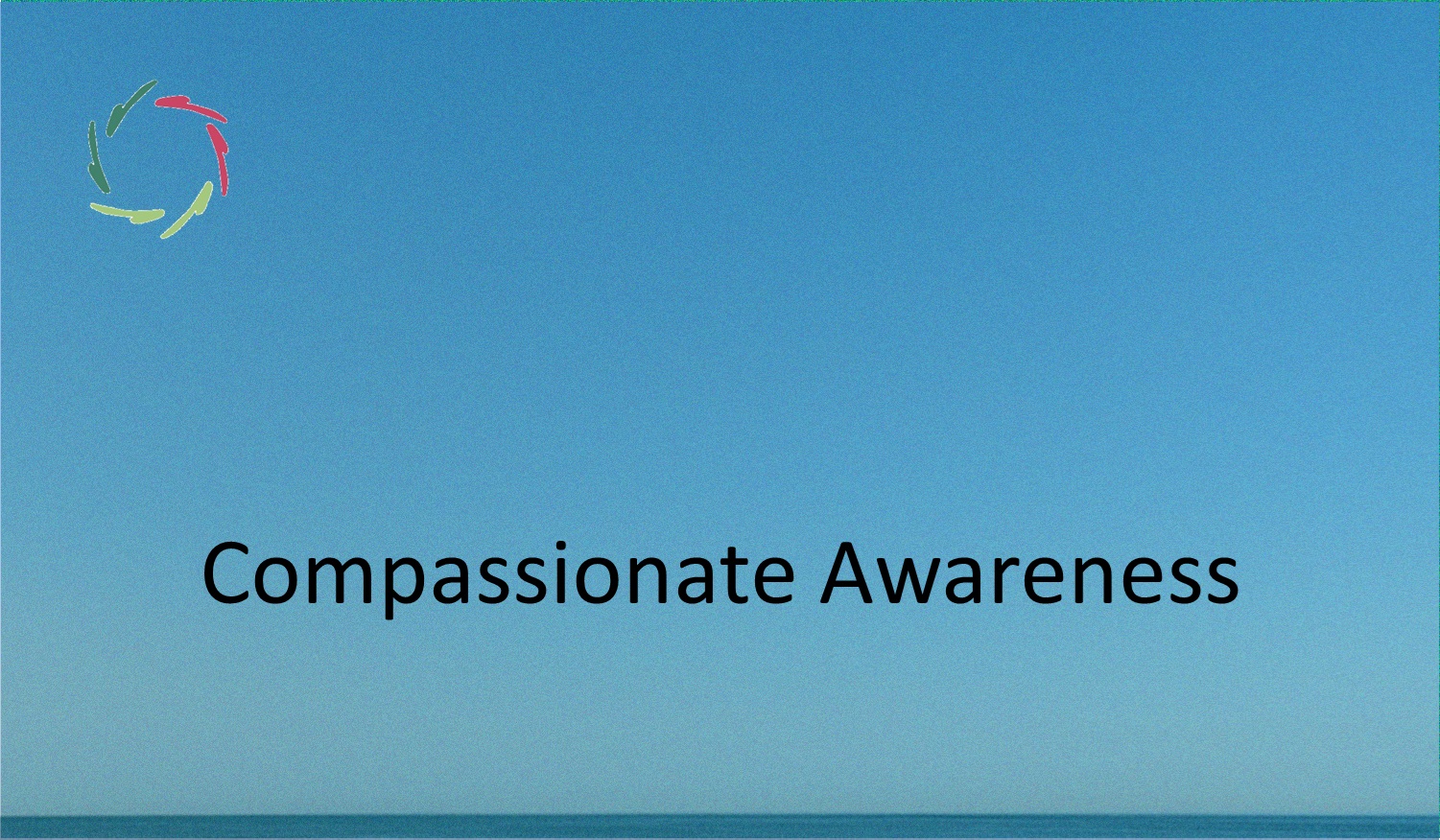Weaponized empathy

Empathy is one of humanity’s greatest strengths, allowing us to connect emotionally with others and feel their suffering. However, it has a darker side when it is manipulated to divide rather than unite. This is ‘weaponized empathy.’
In this, emotional resonance is exploited to amplify hostility, deepen divides, and justify acts of aggression. Understanding this phenomenon can help us resist its effects and foster a more Compassionate world.
Empathy’s dual nature
Empathy is often seen as an unqualified good, but its impact depends on how it is directed. At its worst, it becomes tribal empathy, focused narrowly on one’s immediate group – family, community, or nation – while excluding or dehumanizing others. This tribal empathy has evolutionary roots, helping us form protective bonds within groups, but in today’s interconnected world, it risks reinforcing ‘us vs. them’ dynamics.
When empathy becomes exclusive, it can blind us to the humanity of outsiders. This is the empathy trap: the more we emotionally align with one group, the easier it becomes to justify harm against another.
How empathy gets weaponized
Weaponized empathy arises when leaders, media, or social narratives manipulate emotions to serve narrow agendas. This can take several forms:
- Selective narratives: Highlighting the suffering of one group while ignoring or vilifying another. This tactic builds emotional support for aggression while framing outsiders as threats.
- Amplifying grievances: Stories of harm are used to fuel outrage and justify retaliation. For example, emotional appeals following acts of terrorism have often been used to rally support for wars.
- Dehumanization through empathy: By focusing empathy inward, it becomes easier to see outsiders as obstacles or enemies rather than as individuals with their own suffering.
Emotions like revenge are often fueled by such selective narratives. Weaponized empathy turns shared pain into a justification for escalation.
Emotional amplification and escalation
Empathy is a powerful emotional amplifier. When narrowly directed, it can intensify anger, grief, and the desire for revenge, creating a moral imperative to act — even violently. This escalation feeds on itself, as each retaliatory act becomes fuel for further grievance. Wars, riots, and societal divisions often grow out of these cycles of emotional amplification.
Historical examples abound. The propaganda used during World War I is a stark case of how narratives of victimization and emotional appeals to patriotism escalated tensions, pulling entire nations into conflict. This mirrors the concept of whirlpools, where emotional and social forces spiral out of control.
Compassion: A broader lens
Compassion offers a way out of the empathy trap. While empathy aligns us with specific suffering, Compassion transcends this by embracing shared humanity. It invites us to see not only the pain of those close to us but also the struggles of those we may fear or misunderstand. Compassion combines emotional resonance with ethical action, transforming division into unity.
True compassion demands courage and vulnerability. It asks us to confront fears, expand our perspectives, and act not just for our in-group but for all of humanity. Leaders like Nelson Mandela exemplify this approach, showing how compassion can lead to reconciliation and healing even after profound conflict.
Recognizing and resisting weaponized empathy
To counter weaponized empathy, we must first become aware of its tactics. Ask yourself: Who is my empathy directed toward, and who is excluded? How might narratives I encounter manipulate my emotions? Awareness is the first step toward breaking free from emotional manipulation.
Reframing empathy as Compassion is crucial. This means stepping back from immediate emotional reactions to consider broader, inclusive perspectives. Encouraging dialogue that humanizes all parties can shift the focus from division to connection.
Leadership also plays a key role. Compassionate leaders can model this broader vision, resisting the temptation to exploit tribal empathy for personal or political gain. Even subtle interventions, like reframing conflicts as shared challenges, can de-escalate tensions and foster mutual understanding.
Practical applications
On an individual level, cultivating Compassion begins with self-reflection. Challenge your biases and practice extending your empathy beyond your immediate circle. Seek out stories that humanize those who may seem different or even opposed to you.
At the societal level, education and media reform are vital. Balanced reporting that includes multiple perspectives can counteract selective narratives. Programs promoting global empathy and intercultural understanding can create the foundation for a more Compassionate world.
The challenge of emotional manipulation in conflicts
By recognizing the limits of tribal empathy and actively expanding our emotional circles, we can resist division and work toward unity. The shift from empathy to compassion is not just a personal challenge — it is a global necessity.
Let us dare to confront this challenge, fostering a world where emotional connections heal rather than harm.


